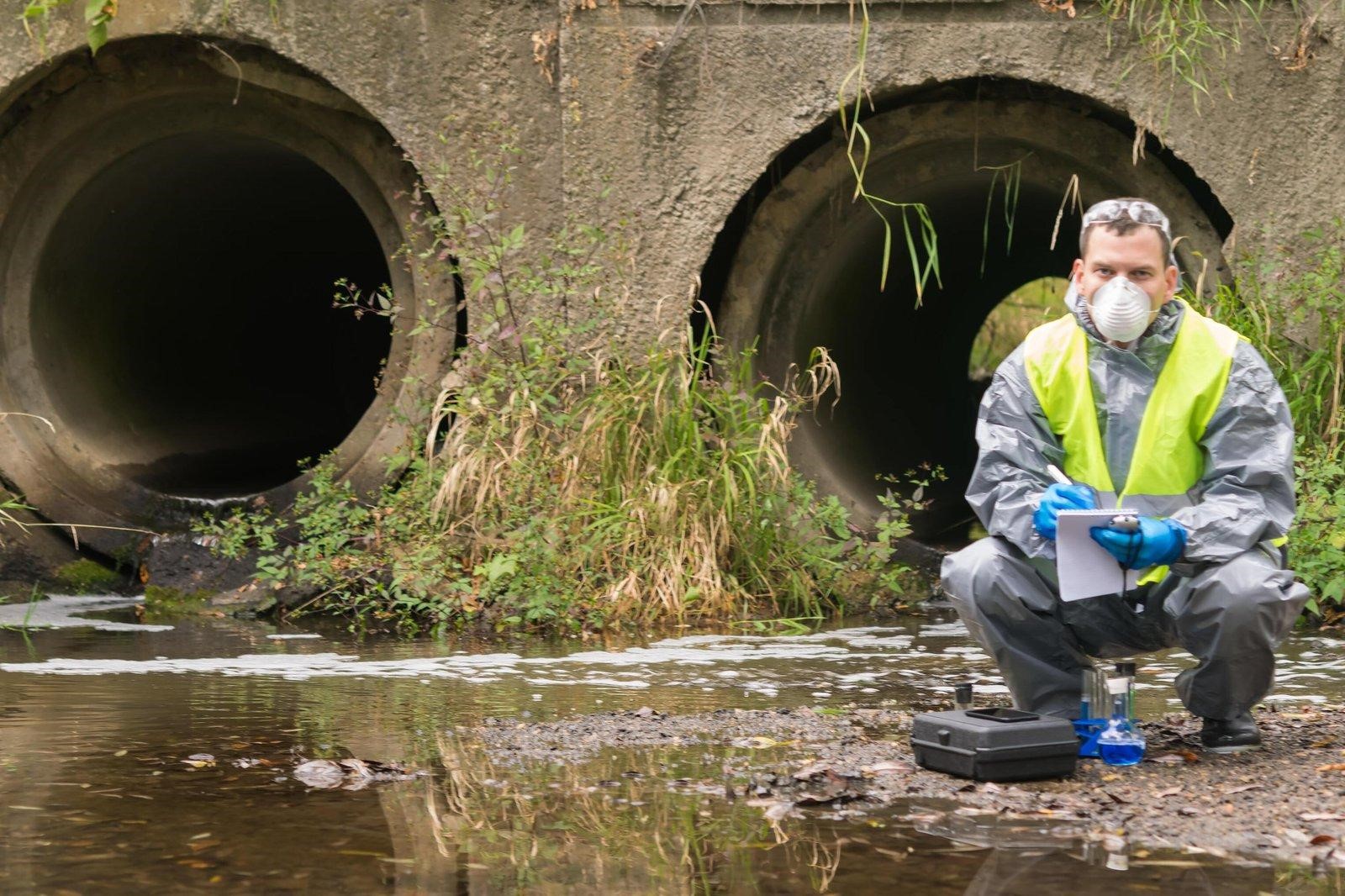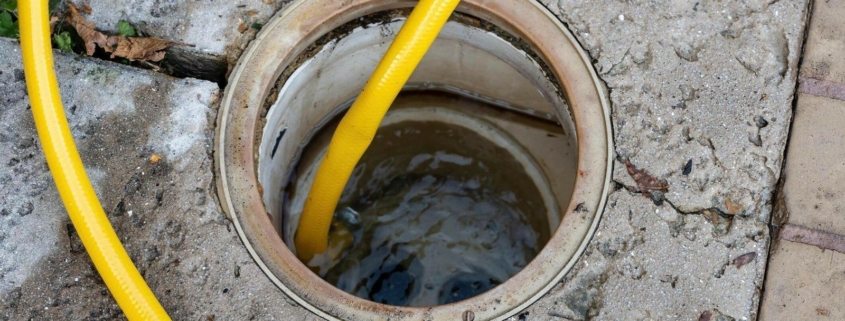Stop the Flood Before It Starts: Sewer Backup Solutions for Your Basement
Sewer backups in basements are a daunting challenge for any homeowner. Not only do they inflict considerable damage to your property, but they also present serious health risks through exposure to contaminated water. Nevertheless, armed with effective strategies and taking swift action, you can limit the damage and protect the well-being of your home and loved ones.
In this detailed guide, we will explore practical strategies for managing a sewer backup in your basement and safeguarding your property against additional damage.
Understanding the Causes of Sewer Backups
Grasping the root causes of sewer backups is crucial before diving into management strategies. Several factors can lead to these unfortunate incidents, including:
- Clogged or Blocked Sewer Lines: Accumulation of debris, tree roots, grease, or foreign objects can obstruct sewer lines, resulting in wastewater flowing back into your basement.
- Heavy Rainfall or Flooding: Sewer systems can be overwhelmed by intense rainfall or flooding, causing backups into residential areas.
- Aging Sewer Systems: Deteriorating infrastructure, such as old pipes or poorly designed sewer systems, can also lead to backups.
Strategies for Managing a Sewer Backup
- Prioritize Safety
- Evacuate the Affected Area: Immediately leave the area if you detect a sewage backup in your basement to avoid contact with contaminated water and pathogens.
- Disable Utilities: Cut off electricity and gas to eliminate risks of electrical hazards and fires. Refrain from using electrical appliances near the affected zone.
- Seek Professional Help
- Contact a Restoration Company: Reach out to a restoration company specializing in sewage cleanup, such as Helpers Disaster Restoration, to evaluate the damage and commence the cleanup and restoration process.
- Undergo a Plumbing Inspection: Have a professional inspect your plumbing to pinpoint the backup’s cause and rectify any issues with your sewer system.
- Document the Damage
- Record Evidence: Before starting the cleanup, document the damage extent with photos and videos. This information is crucial for insurance claims.
- Cleanup and Sanitation
- Professional Cleanup: Technicians from professional restoration services will employ specific tools and methods to safely remove sewage, water, and debris from your basement.
- Disinfection Process: It’s vital to disinfect all impacted surfaces thoroughly to eradicate bacteria, viruses, and other harmful contaminants, using EPA-recognized disinfectants for effective cleaning.
- Implement Preventive Measures
- Backwater Valve Installation: To prevent future sewage backups during intense rainfall or flooding, consider installing backwater valves in your sewer lines.
- Routine Maintenance: Ensure your sewer system undergoes regular inspections and maintenance, including sewer line cleaning, to avoid blockages.

Conclusion
Navigating the aftermath of a basement sewer backup might necessitate expert assistance for efficient sewage backup cleanup and restoration.
Helpers Disaster Restoration provides top-tier sewage backup cleanup services, ready to help you mitigate damage and restore your property to its original state with their quick response and advanced restoration methods.
Handling a sewer backup in your basement may seem insurmountable, but by employing the right strategies and enlisting professional help, you can protect your property and regain your peace of mind.
Ensure you prioritize safety, engage professionals for cleanup and restoration, and take proactive steps to prevent future incidents.
Documenting the damage for insurance purposes and seeking support from reputable restoration specialists like Helpers Disaster Restoration is key to a comprehensive cleanup and restoration endeavor. With these measures, you can defend your property and lessen the impact of sewer backups on your home and family.


